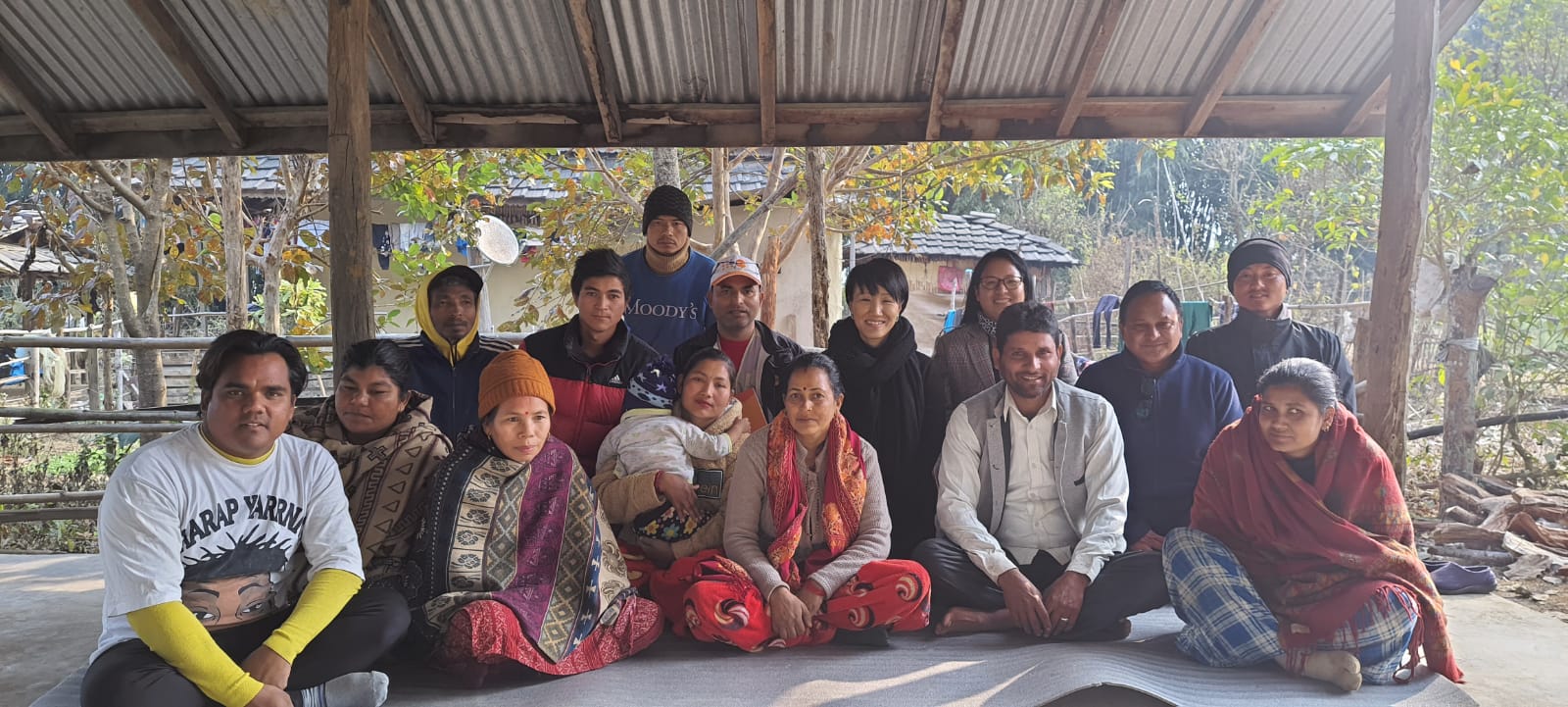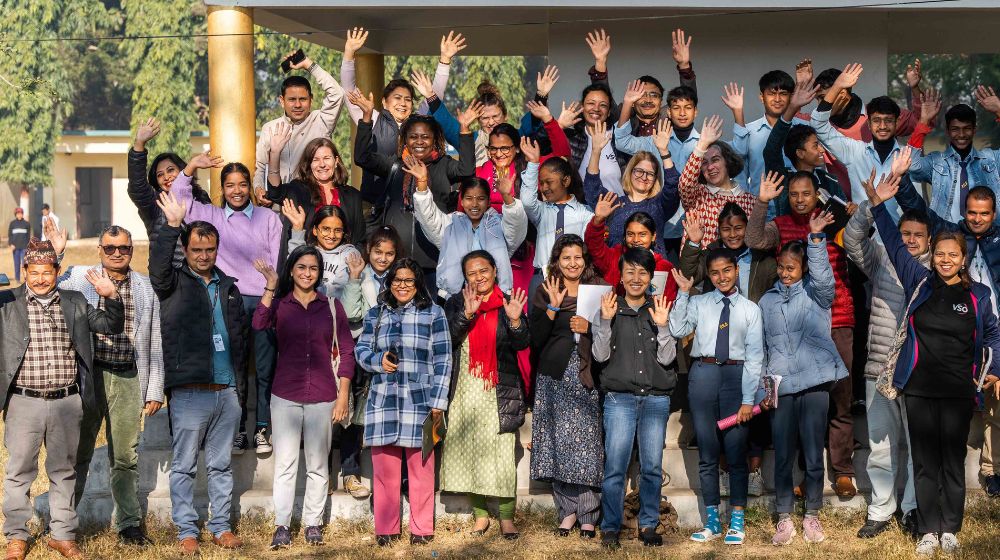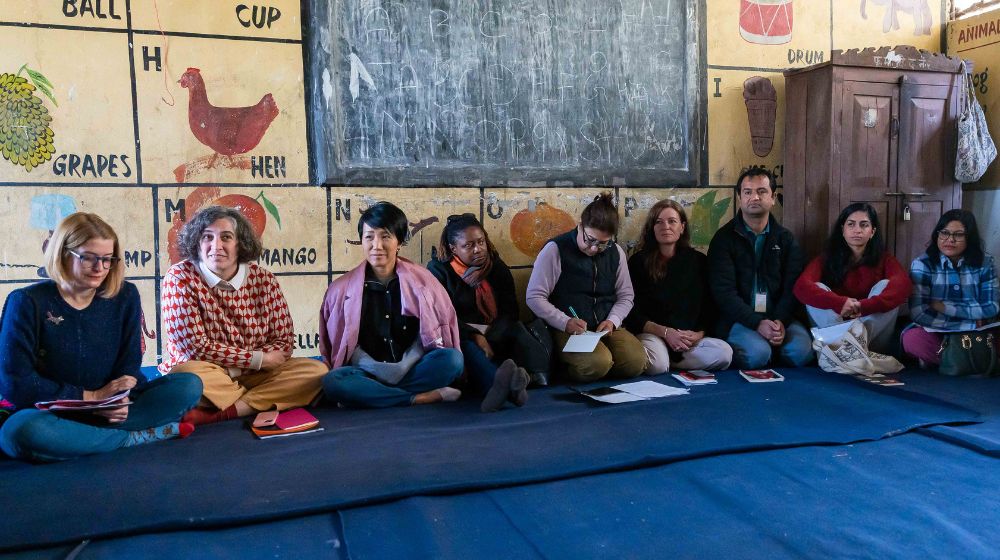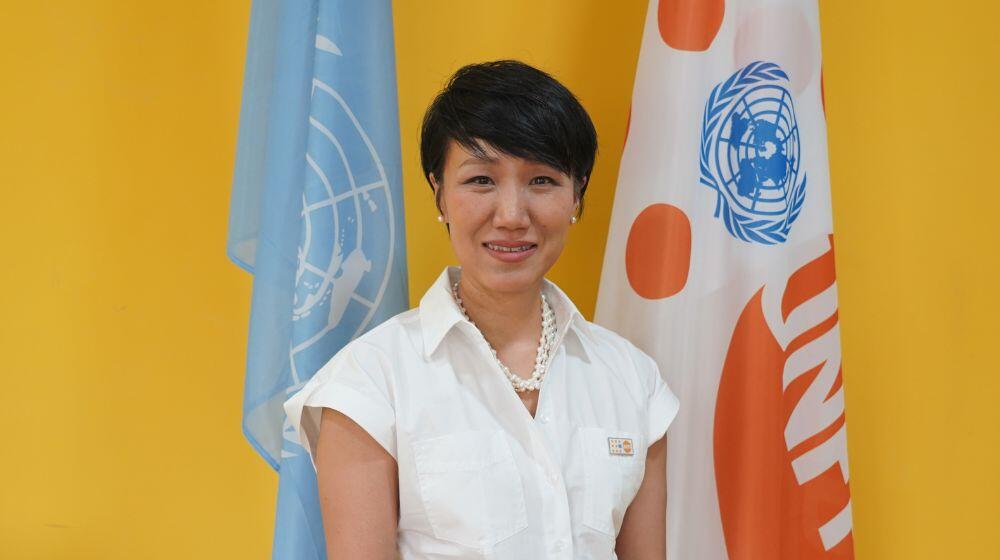Nepali Times: What are the main demographic trends that will affect Nepal in the next 30 years?
Won Young Hong: There are two major demographic trends we see on the horizon in Nepal in the next 30 years.
The first of these is age of the population. We expect fertility rates to continue to decline, as in many other countries in the region. It dropped from 4.6 children per woman in 1996 to 2.1 in 2022. This indicates a shift towards smaller family sizes in Nepal.
The working-age population between 15-64 years is 64.6%, and this will peak in 2051 at 69.4% before starting to decline to 66.7% in 2061. At the same time, the proportion of people aged 60 and above increased from 7.6% in 2011 to 9.0% in 2021.
The UN projections estimate that the share of the elderly population will continue to grow in the next few decades until one in five people (22.4%) are elderly in 2061.
The second major demographic trend relates to migration, both within Nepal and overseas. According to the 2021 census, around 2.2 million Nepalis were living abroad in 2021. This trend is likely to continue as most young people seek opportunities abroad. Internal migration is also a major trend.
Between 2011 and 2021, the population share in the Tarai rose from 50.3% to 53.6%, while in the hills, it decreased from 43% to 40.3%, and in the mountain region, it declined from 6.7% to 6.1%.
There is significant internal migration from rural to urban areas in search of better job opportunities and improved living conditions, leading to rapid urbanisation. By 2021, about 27.1% of the population resided in urban areas, up from 22.3% in 2011, while the share of the population living in peri-urban areas remained similar at around 39%.
The share of the rural population declined from 38.5% to 33.2% during the same period. Urban areas, especially the Kathmandu Valley, have seen significant population growth, while over half of rural municipalities have seen negative growth. Provincial capitals like Biratnagar and Janakpur have seen population surges. Current trends indicate a rising share of the urban population and a shrinking rural population in the future.

How can Nepal avoid the mistakes of some other Asian countries in responding to low fertility?
It is an important question, and there are no fixed answers because each country is unique in many ways. Low fertility levels are a global trend, and no single country has managed to reverse this through policies despite a variety of initiatives being introduced. There are many lessons to be learned.
It is clear that policies with an exclusive focus on the reproductive function of women with cost-based financial support without addressing structural issues affecting reproductive decisions made by men and women are largely unsuccessful.
It is important for Nepal to analyse the issues and develop a context-driven and evidence-based approach to responding to the needs of people. Generally, policy is most effective in supporting people's choices when it responds to the diverse needs of individuals.
For example, it is crucial to recognise the impact of the disparities between paid employment and raising children and close that gap with financial support for families with limited incomes.
At the same time, employment needs to support women and men with children so they can balance family life and activities with work. Less rigid 9–5 working hours and accessible and high-quality childcare support are just a few of the measures that can help.
Employers need to be encouraged to recognise that people with children in the workplace have needs and that there are systemic barriers for parents that have wider social impacts. These can be broken down with greater accommodation of the diversity of preferences of adults as to their choices of when and how many children they want to have.
Policies need to create family- and child-friendly societies focused on the health, education, and well-being of children and families at large to be successful. Public spending is another such tool, with levels of public funding for families closely linked with period fertility rates as well as cohort family size. There also needs to be individual choices available including in relation to sexual and reproductive health and rights and family planning.
There is no one-size-fits-all solution. UNFPA is encouraging this kind of learning and knowledge sharing across countries because there is a huge increase in countries with declining populations, and we believe there are important lessons to be shared across the region and the wider globe. And it is imperative that policies be developed now rather than in a reactive manner.

How serious is the anomaly in male: female ratio in Nepal?
I would say any population anomaly has serious impacts. Nepal exhibits a skewed sex ratio at birth, with 112 boys born for every 100 girls, according to the 2021 census. This is higher than the biologically normal range of 102 to 107 males per 100 females, indicating potential sex selection practices. The disparity is particularly pronounced in Madhes province, where the sex ratio at birth is 118, compared to the lowest ratio of 106 in Kosi province.
This imbalance is concerning as it mirrors trends seen in countries like China (112) and India (108), where cultural preferences for male children have led to significant gender imbalances. The preference for male children can have long-term social impacts, including an imbalance in the population structure related to gender disparity and discrimination.
This might include a decline in marriages and partnerships, which can further increase the risks of human trafficking, gender-based violence, and other forms of harm. Nepal needs to identify the underlying drivers and address them with appropriate policy measures. In countries where over the long term there was this kind of imbalance, we see challenges, including a shortage of domestic labour in the workforce, a rapid reduction of fertility levels, and very few tools to reverse these trends.
How are population dynamics, gender relations, migration and dropping fertility rate impacting on Nepal’s population?
The large proportion of the population that is young can potentially bring an enormous demographic dividend with investments in education, healthcare, and infrastructure. There is, however, a limited time window to seize this opportunity of about 30 years, when the population dynamic momentum will reverse as the lower rates of fertility start to impact working age groups and the percentage of the elderly will continue to increase.
As the population ages and the proportion of young to old reverses, profound policy-level challenges arise. To take advantage of the window of a demographic dividend, targeted investments that directly benefit young people, including girls, need to be made now while fully implementing a wider range of socio-economic initiatives at all levels in line with the national development vision.
We are seeing some really key results in Nepal’s legal framework and policies, including special measures to promote women in public life. At the same time, gender inequality remains a significant challenge, with persistent disparities in public and private spaces.
Such persistent gaps, combined with social and economic factors like rising living costs, education costs for children, and childcare costs, will continue to discourage young women and men from having children.
For that to happen, there needs to be a family-friendly environment for young people, women and men, to pursue a family life that includes raising children at home and being balanced with the workplace.
This brings me on to the second part of your question on migration. The impact is, of course, profound. As people move abroad or to cities, the population landscape changes. If the large numbers of people overseas decide not to return, it will definitely contribute to the low fertility trends in the medium to long term. Equally, as people move to cities from rural or remote areas, there is a huge risk of leaving these areas barren and depopulated, leaving only an ageing population.
These population flows require careful policy intervention and incentives to encourage people to invest in Nepal. It is welcome that the government is discussing ways to allow migrants to vote so their preferences can be reflected in the legislature and policymaking and future opportunities that encourage them to return to the country.

UNFPA has been involved in helping the Nepal government plan for the demographic window? What have some of your main suggestions been?
We do support the Government of Nepal in the area of the demographic window, and the first part of this relates to generating data and evidence that take into account demographic shifts and other megatrends in development policies and plans, as we recognise that without disaggregated, high-quality data and evidence, it will not be possible to achieve inclusive and sustainable development, including economic growth.
Evidence is key to good decision-making, and the decisions made today can profoundly impact population dynamics in the future. As such, we support timely, high-quality, and disaggregated data generation that is essential for identifying those furthest behind.
A second and related part supports the strategic use of evidence, including data, to improve understanding of the population and demographic structure of Nepal in actual policy decisions. We work with government decision-makers at all levels and civil society to translate data and evidence into pragmatic policies, such as the population policy, that respond to existing and future needs, including the sexual and reproductive health and rights of women and men.
Population policy is very important to Nepal, and our experience across the globe shows that to future-proof population policy, it needs to respond in a holistic manner to the socio-economic changes we are witnessing and respond to the diverse needs of young people.
To do this, it needs to examine a wide range of issues, including budgetary ones, affecting family decisions, and gender inequality. It is critical for Nepal to expand its understanding of population issues and build an integrated planning framework to respond to the new population trends.
This interview originally appeared in the Nepali Times on 14 July 2024.


